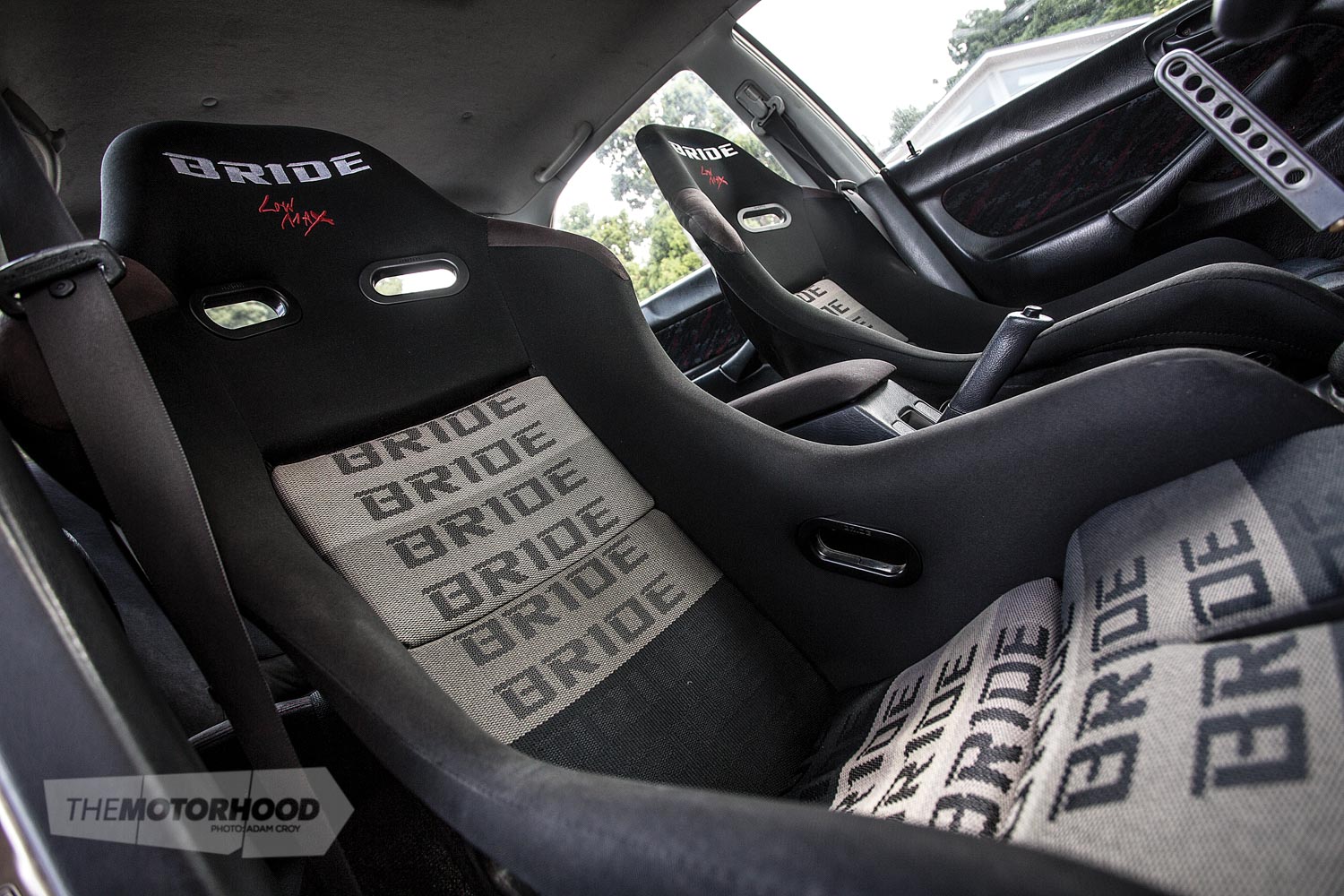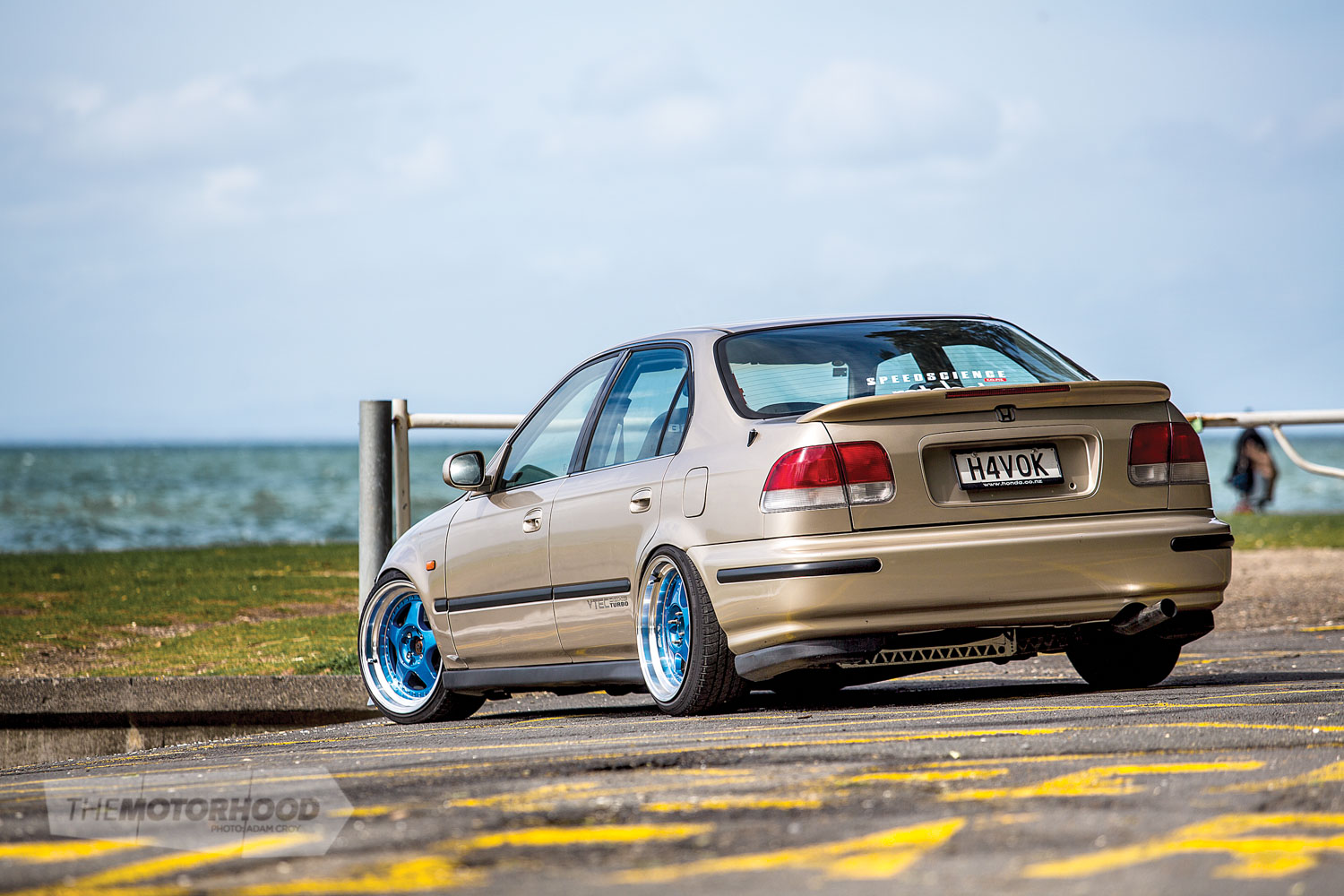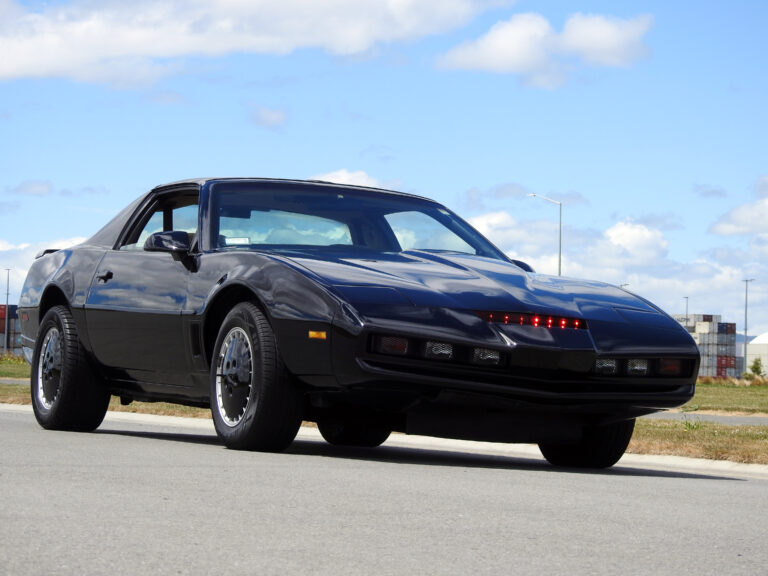data-animation-override>
“Daily driving a Honda is not an uncommon practice but, when it’s a boosted B18CR EK sedan throwing out 260kW at the wheels, that’s a different story altogether”

Buying a car unseen from a different part of the country can be risky business, even when said car has the best spec sheet on TradeMe and a well-written sales pitch behind it. There is no disappointment quite like thinking you’ve found a winner, the exact thing you have been looking for, that’s even going for a mint price, only to have your hopes and dreams crushed by a shocker rolling out of the owner’s garage. We’ve all been there; no search is ever as easy as finding what you want first pop — unless you somehow have the will of the gods on your side — and not to mention that some encounters with sellers can prove interesting, to say the least.

So, rocking up to an unknown house after a three-hour drive from Auckland to Tauranga and knocking on the door only to have a large bearded man step out who has absolutely no idea why you are there, isn’t quite the ideal scenario. Especially when it turns out that the man’s wife has listed the car for sale without telling him and has already agreed to let it go for a steal of a price. But, as risky as that situation sounds, this exact scene revealed to Jayden Broad a true diamond in the rough sitting in the garage, and the real owner did eventually agree to let it go.

That car — now Jayden’s — was a 1997 Honda Civic EK boasting a turbo B18CR powerhouse from a DC2 Type R, backed by a five-speed Type R manual gearbox and short-ratio helical LSD. Originally built by the guys at Speedfactor Tauranga in 2009 — well known for their high-powered Honda builds — the car was purchased brand new by the previous owner’s brother before it traded hands to him. He decided that it wasn’t putting out the right amount of power for his taste, so commissioned the Integra Type R running-gear conversion to rid it of the smaller factory engine, and bolted a turbo on the side to ensure maximum power gains. The result was a 4800rpm monster double-kick of Honda’s coveted VTEC and 14psi of forced induction slaying the tyres through first, second, and third gear. It may be a handful to control, but it sounds and looks absolutely killer; putting out an impressive 260kW (349hp) to the front wheels, this lightweight package makes for one hell of a quick pull.

No stranger to the Honda family of vehicles, Jayden has previously owned six EK Civics alone, and knows his way around the engine bay, but he chose to leave the majority of the original build alone, as it was the first turbo car he has owned, and he wanted to focus on bringing the aesthetics up to match the noise. “When I got it, the car was in pretty poor shape. All the lights, interior, and engine bay were [as] rough as guts. I think that’s why the previous owner’s wife thought it wasn’t worth a lot,” he says. The Titan wheels it came on were one of the first components to go — however, they do still make the occasional appearance at events for a laugh. Their removal was followed closely by that of the factory seats, which proved not quite up to par (the driver would end up in the passenger seat when hitting the power range and through corners), so were replaced with a simple pair of bucket seats to keep everyone locked in tight.

The car is no garage queen though — Jayden chooses to daily-drive it, since selling his last daily — a Honda Orthia with an EK front transplant. Although driving Hondas daily is common these days, as a result of their economical fuel benefits and small size, having that much power readily available at all times can certainly make for fun events on the way to work. Often mistaken for a ‘nana-spec’ example, Jayden’s received more than his fair share of smirks from drivers that think the EK will be no match for their large-capacity ‘higher-powered’ turbo cars. Those smirks can be swiftly wiped off with one depression of the accelerator, awakening that two-hit combo of VTEC and turbo induction. “There was an R32 GT-R that came up next to us, giving me a dirty look while out on a Friday night,” Jayden recalls. “He dropped into second and tried to pull away. He got instant traction, but, within a second, the EK soared past him. The look on his face said it all.”

That said, we prefer to hear the 2.75-inch straight-piped B18CR with a T04E turbocharger and TiAL 38mm external wastegate causing a ruckus down at Meremere Dragway rather than down the street. “I took it out to the last Speed Science drag day and it ran a 13.2 ET, which was a bit disappointing really,” Jayden admits, “but that was only running on low boost (8psi), I’ve wound it up, and, with a proper wastegate now on, it should flow a lot smoother.”

Plans for the future include a new, bigger turbo to match the supporting internal work and a big brake upgrade to accommodate the power increases. A longer-ratio gearbox would also help with hitting the peak power ranges, as, at the moment, Jayden tells us that it is almost impossible to maintain any traction in first and second gear under acceleration. “I was told to put better tyres on the car, semi-slicks, but, until I get a better-ratio box, more traction means breaking axles and wear on the drivetrain,” says Jayden. He has no intentions of ticking this one off on his list of owned-and-sold cars — “It’s definitely a keeper,” he says. “I have way too much fun out at the track in it to let it go now, but I want more power; I know it’s there already, and it just needs a few more bits and pieces to open it up.”

DRIVER PROFILE
Driver/Owner: Jayden Broad
Age: 20
Location: Auckland
Occupation: Construction
Build time: Nine months
Length of ownership: Nine months
Thanks: A big thanks to my dad for helping me with basically everything on the car and teaching me things along the way, and to Mum for being supportive; my girlfriend, Sarah, for being the most supportive girlfriend and helping me with [the] little things; and all my ratchet boys, especially Toni Tomas and Travis Cadman for coming over almost every day to help me. Also, a big thanks to Adam from Speed Science for helping and getting most of the parts in
Tuning Menu
MAKE AND MODEL: 1997 Honda Civic LXi
Heart
ENGINE: Honda B18CR, 1800cc, four-cylinder
BLOCK: Wiseco pistons, Eagle con rods, ACL Race Series bearings
HEAD: Oversized exhaust valves, Skunk2 valve springs, Kelford camshafts, Z Speed Racing adjustable camshaft gears
INTAKE: Factory Type R
EXHAUST: 2.75-inch straight-pipe, custom stainless manifold
TURBO: T04E (A/R .50)
WASTEGATE: TiAL 38mm
BOV: TiAL
FUEL: 500hp Walbro fuel pump, 550cc fuel injectors
IGNITION: NGK spark plugs
ECU: Hondata S300
COOLING: Alloy radiator
EXTRA: Boost tap, carbon-fibre spark-plug cover, Skunk2 reservoir socks
Driveline
GEARBOX: DC2 Type R five-speed
CLUTCH: Exedy
FLYWHEEL: Factory
DIFF: DC2 Type R limited-slip, Insane Shafts
Support
STRUTS: D2 coilovers
BRAKES: (F) DC2 Integra calipers; (R) Factory calipers, DC2 Integra discs
OTHER: Front and rear Hardrace camber arms, Function7 lower control arms, Function7 subframe brace, DC2 Type R rear strut brace, front strut brace
Shoes
WHEELS: 17×9-inch (+28) OZ Futura replica
TYRES: 205/40R17 Linglong
Exterior
PAINT: Factory Wakatipu Gold
ENHANCEMENTS: EK carbon lip, custom boot lip, custom rear lip, SJ taillights, EK9 grille
Interior
SEATS: (F) Bride Low Max replica, (R) DC2 Type R
STEERING WHEEL: Factory
INSTRUMENTATION: Blox Racing boost gauge
AUDIO: Sony Xplod head unit, Soundstream six-inch speakers, Fusion Jonah Lomu 15-inch subwoofer, Soundstream TR700 amp
POWER: 260kW at 14psi


